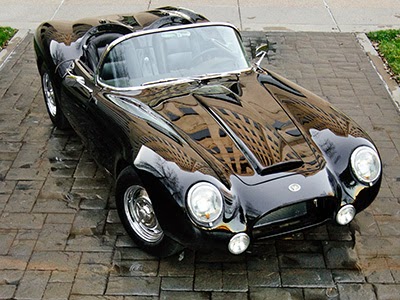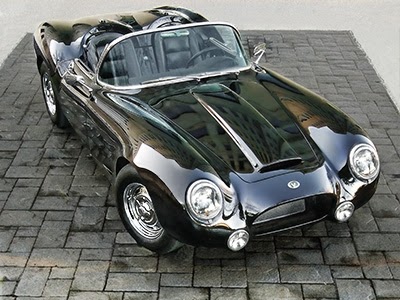I’ve been researching sites and blogs that talk about
selecting art, and I find it both notable and depressing that only the tiniest
percentage even mention what is by far the most important rule about art. The first consideration for most of them is
color! Sure, color is important. But pick an artwork based on its color, and
you’ll end up with a wall hanging that means nothing to you, and is disposable
as soon as you replace your throw pillows.
Instead, here’s your first rule:
- Purchase a piece that speaks about something that is significant to you. Too many people simply pick something with a color that matches their curtains, and never get a chance to really live inside the piece. For me, that's a waste of a good wall, and that's why I make art that is specific to the buyer. If you own a '68 GTO, you've already put a great deal of time and money into it. You should be able to bring that effort, appreciation and history inside your home or business. It will truly be a representation of a piece of you, rather than something that doesn't speak about you or to you. And don’t worry about colors. If necessary, I’ll tint or radically change the colors to fit your existing decor.
- Size matters. Size may not be important in some aspects of life, but it definitely is a deal-breaker for art. If you have a big, blank wall, you don’t want a single piece that’s 10”x10” sitting in the middle of it. By the same token, a small bedroom will not visually accept a work that covers the entire wall. If you have multiple pieces on one wall, try not to have them look random in size or position. They should look like you deliberately presented them that way, and the viewer should be able to pick up on that reasoning quickly. The presence of the artwork should be prominent, but not overwhelming. I can help you decide on the best size by projecting a sample onto the walls where the artwork will live. This will answer all size and color questions very quickly, and will be less time-consuming and less expensive than test prints.
- Framing is important – if you need it! Since I work mostly on aluminum, many of my clients opt for no frame at all! The aluminum is floated ½” away from the wall, giving a sleek, modern look that integrates easily with the surroundings. But I also have several framing options, all of which share that same modern aesthetic for modern artwork. Another option with my work is to back the piece with smoked or translucent colored acrylic, which not only serves as a visual frame, but is also still separated from it, highlighting the artwork even more. A trend among photographers in the last decade or so has been to place a smallish photograph inside a huge frame, using an extremely large mat to separate the piece from the room and give it its own space. I believe that if you need to separate the piece that much, it didn’t belong in that room in the first place. If we decide on a framed print, I’ll encourage (but not demand) the use of a mat that’s three inches wide on each side at most. You should be enjoying the artwork, not the mat!
- Light it! Okay, so technically you’ve already selected art you care about if we’re already talking about lighting. But it’s so important that it merits inclusion here. The indirect or overhead lighting you already have is great for a living room or shop, but it won’t show off the art. And showing it off, both to yourself and to your guests, is really the whole point. It also adds a level of detail to the whole room that’s really striking. The most common options are to use track lighting or a simple recessed aimable light. Either option isn’t all that expensive, and you may even be able to do it yourself. A Halogen bulb will be the most flattering. Use a flood if the light is closer than about six or eight feet, and a spotlight if the light is farther away. If I bring a projector to your location, I’ll also bring a quick example of how lighting will elevate the art of displaying art.
You’re not alone when it comes to
being confused about art selection.
Don’t be afraid to ask questions – that’s what I’m here for! If you’re not pleased with the art that’s in
your home right now, I’d be willing to bet it’s because of point #1 above. Let’s talk about how to change your outlook on
art!
 |
| Medium-Sized Artwork for a Medium-Sized Wall. (Headlight assembly of a Ferrari 458 Italia) |
 |
| Large Artworks for Large Walls! (Lexus parking lights and off-road truck undercarriage, respectively, from SEMA) |



